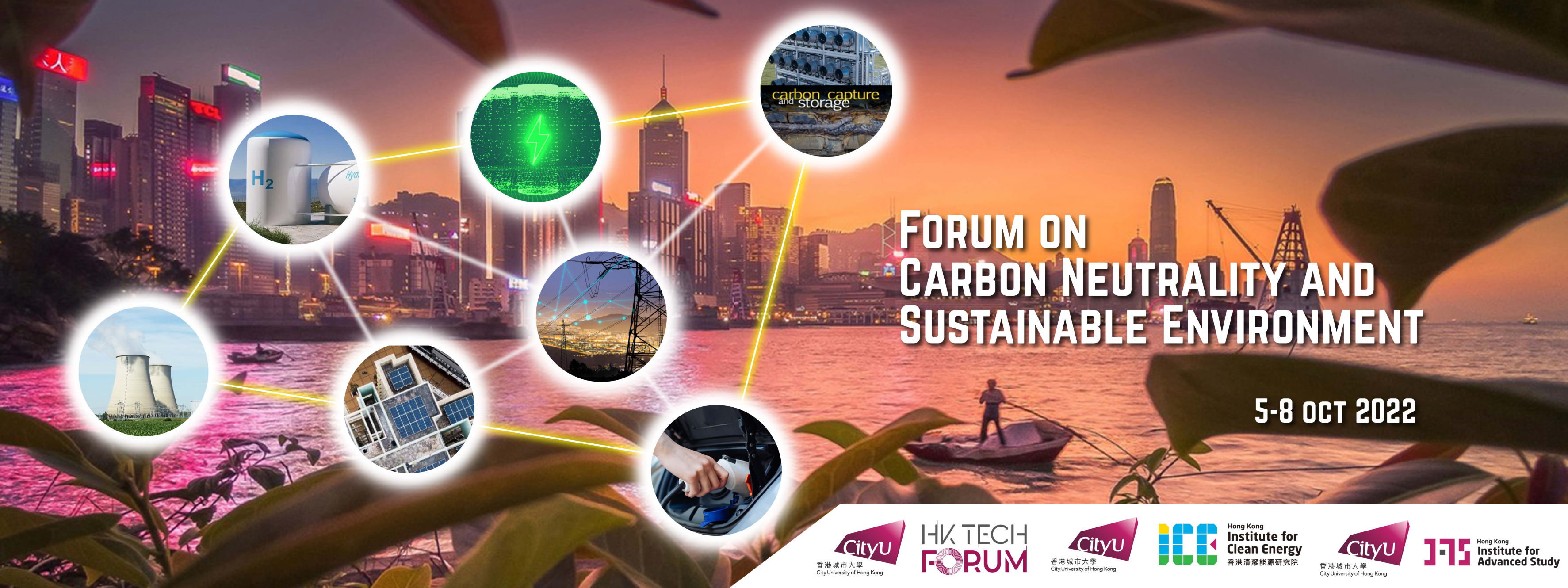Keynote Speaker
Biography
Henry Snaith is the Binks Professor of Renewable Energy in the Physics Department of the University of Oxford and is also a co-founder and Chief Scientific Officer at Oxford PV Ltd. Prof Snaith’s research focuses on developing and understanding new materials and device concepts for photovoltaic solar energy conversion. His election as a Fellow of the Royal Society (FRS) credits him with the discovery of the use of perovskites in efficient solar cells, which has started a new field of research gaining both academic and industrial following. In 2012, Henry was awarded the Paterson medal and prize by the Institute of Physics for his important contributions to the field of excitonic solar cells. His discovery of high-efficiency perovskite photovoltaics the following year was recognised as one of the top breakthroughs of 2013 by the journal Science. In 2013, Henry was named one of “Nature’s 10” people who mattered, in recognition of his work on next-generation solar power technology. In 2018 he received the UK Blavatnik Award for Young Scientists in physical sciences. Henry won the 2020 Becquerel Prize for his ground-breaking work on perovskite solar cells and was most recently awarded the Rank Prize in Optoelectronics 2022.
Metal Halide Perovskites; on the Pathway Towards a Highly Efficient and Highly Stable PV Technology
Henry J. SNAITH
Abstract
Metal halide perovskites are a relative newcomer to the field of PV research, however more than ten years has passed since the first publication of metal halide perovskites use as a “sensitizer” in a solar cell, and 2022 marks ten years since 10% efficient solid-state lead halide perovskites solar cells were realised and the flourishing filed of perovskite photovoltaics began. In this talk I will highlight some of the key advances we have made in researching metal halide perovskites, with a specific focus upon materials and device stability. I will highlight why moving to higher PV cell efficiency is an important path forward for the industry and I will then focus upon the opportunities and challenges for multi-junction perovskite solar cells, which have already delivered efficiencies surpassing silicon PV, and show a pathway to achieve highly efficient wide band gap perovskites, required for multi-junction applications. I will finally discuss commercialisation efforts on the path towards industrialising the perovskite-on-silicon tandem technology.

